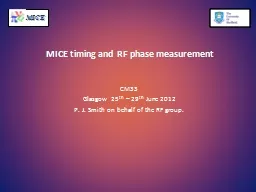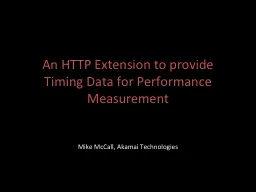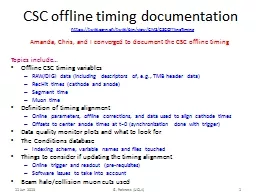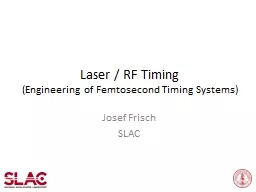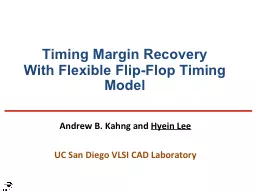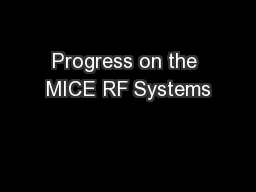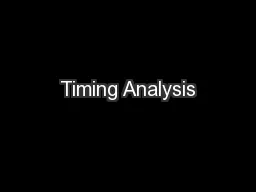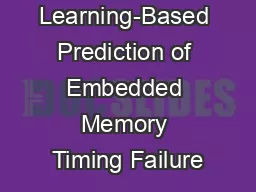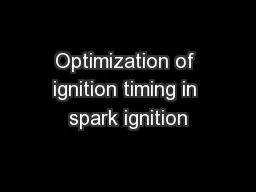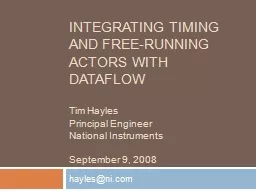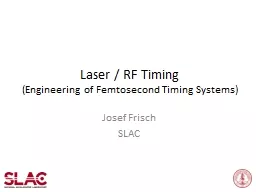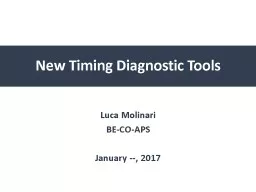PPT-MICE timing and RF phase measurement
Author : liane-varnes | Published Date : 2016-03-22
CM33 Glasgow 25 th 29 th June 2012 P J Smith on behalf of the RF group Contents 1 The Timing Problem 2 RF Review 3 Proposed Solution 4 Simulations 5 Assembling
Presentation Embed Code
Download Presentation
Download Presentation The PPT/PDF document "MICE timing and RF phase measurement" is the property of its rightful owner. Permission is granted to download and print the materials on this website for personal, non-commercial use only, and to display it on your personal computer provided you do not modify the materials and that you retain all copyright notices contained in the materials. By downloading content from our website, you accept the terms of this agreement.
MICE timing and RF phase measurement: Transcript
Download Rules Of Document
"MICE timing and RF phase measurement"The content belongs to its owner. You may download and print it for personal use, without modification, and keep all copyright notices. By downloading, you agree to these terms.
Related Documents

